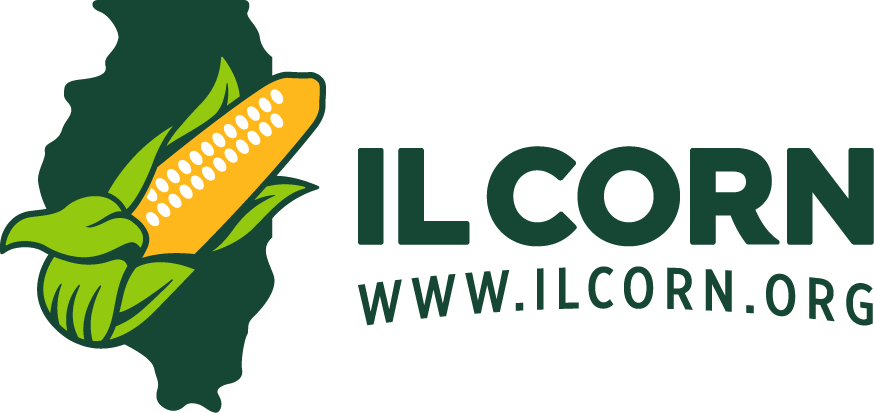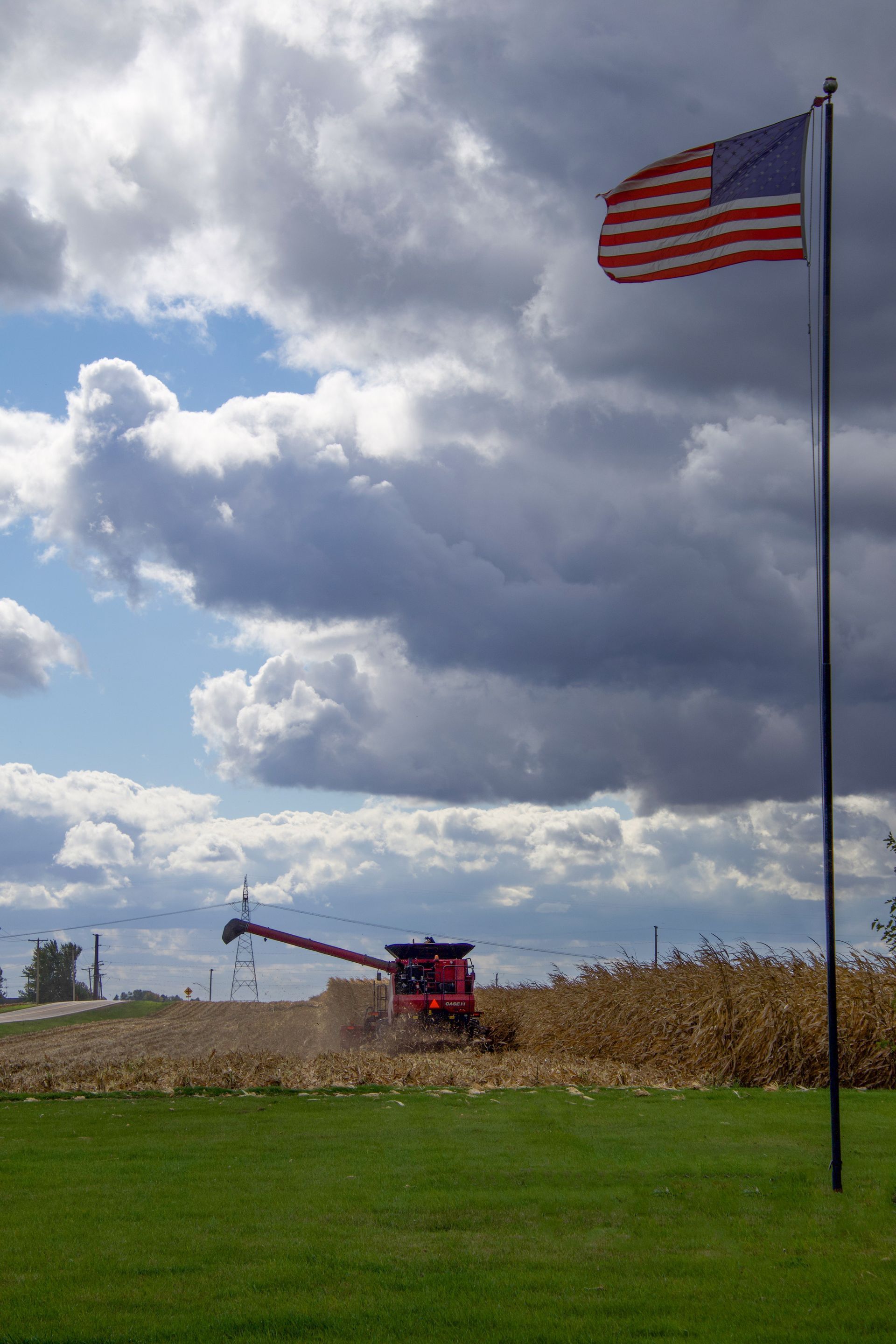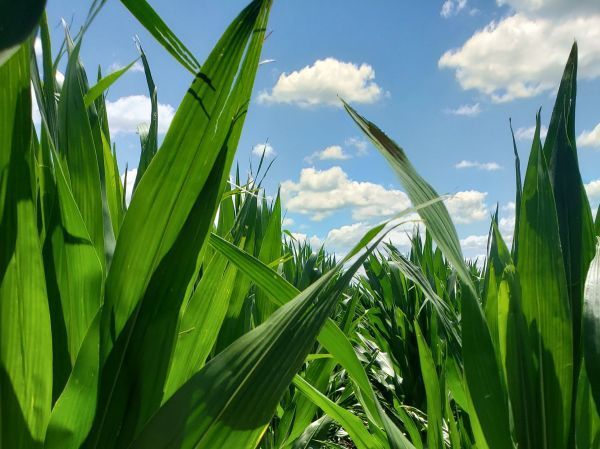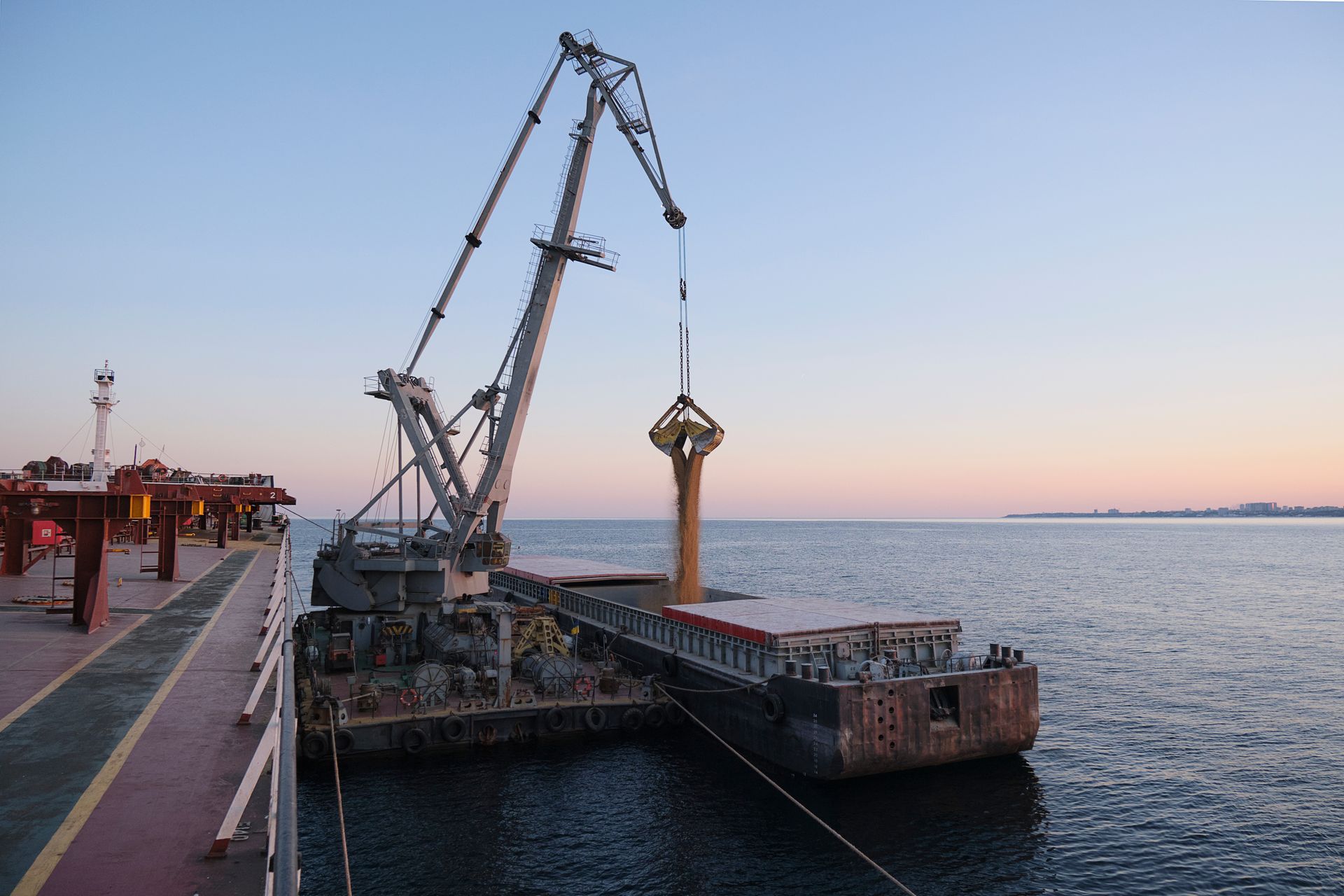From Cornfields to Capitol: How Corn Moves
Illinois Relies on a Waterway System Built a Century Ago—And the Cracks Are Showing
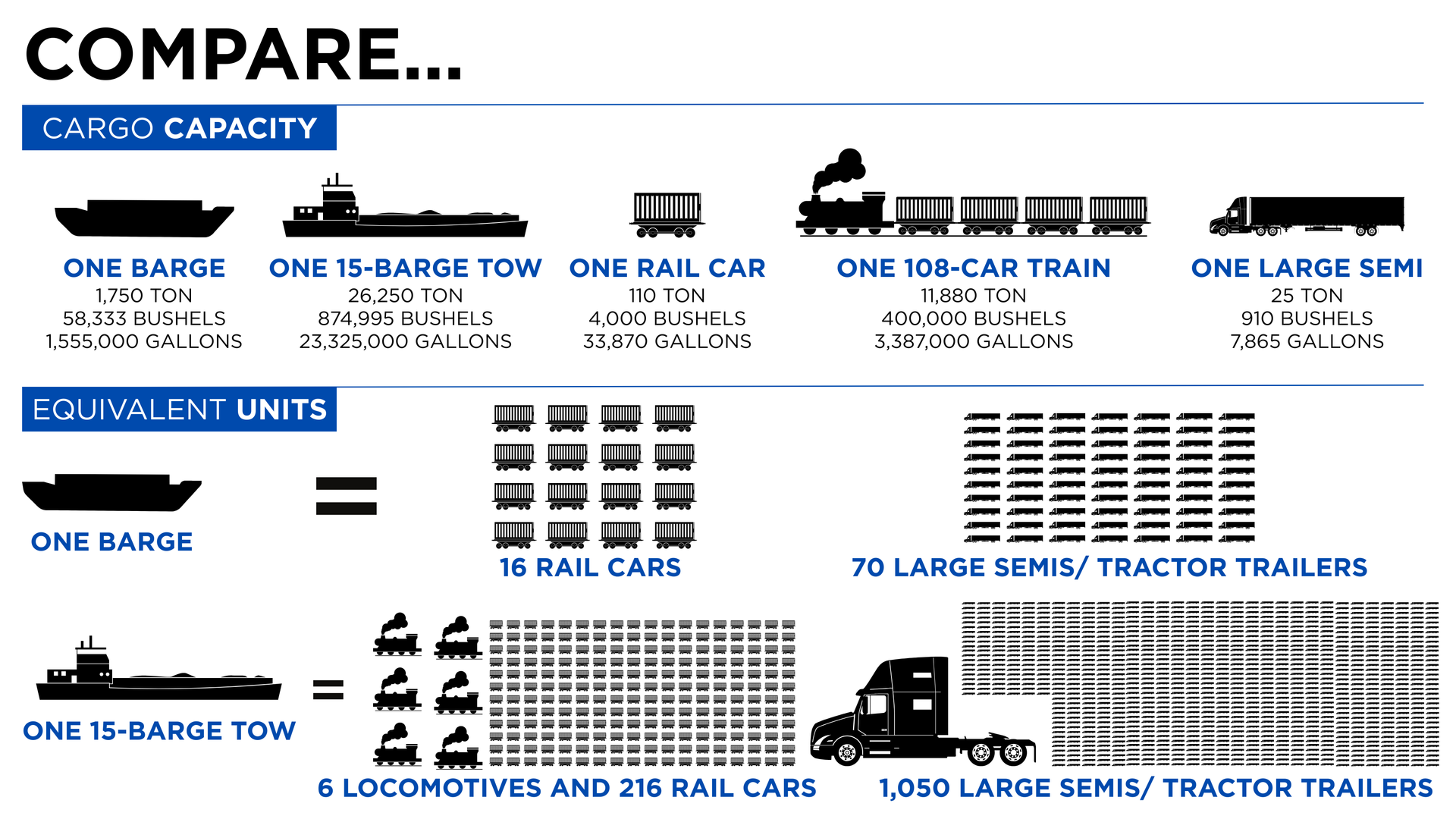
Our lock and dams may not make headlines, but they are the foundation of Illinois’ agricultural success. Waterways are critical to agriculture, especially here in Illinois. They’re not just part of our infrastructure—they’re part of our competitive advantage. Without reliable, efficient river transportation, we can’t get our corn to market affordably, and that puts pressure on farm income and our ability to grow.
Waterways Keep Illinois Moving
- Illinois has 8 locks with nearly 1,100 miles of navigable inland waterways
- In 2022, Illinois moved [LC1] [LC2] over 72 million tons of freight worth $26 billion
- Over 90% of all the state’s marine freight tonnage moves on these inland rivers
Economic Impact of Illinois’ Inland Waterways
- Illinois’ waterway infrastructure supports 262,000 jobs
- Contributes $28.2 billion to the state’s gross product
- In 2022, grains made up 40% of all waterborne cargo value in Illinois
- Over 35 million tons of corn are sent from IL to Louisiana annually
Inputs Travel North Also
- 51% of the tonnage coming into Illinois from Louisiana is chemicals—most of it used in agriculture
- Goods like fertilizer, fuel, and other ag inputs are constantly flowing in both directions
Waterways are the Smart Option
- One barge tow replaces 1,050 trucks on the road
- Barges produce 10 times fewer emissions than trucks and use far less fuel per ton-mile
- Barges have the smallest carbon footprint among surface transportation—trucks release 832% more tons of CO2 per million ton-miles
Our Infrastructure Needs Help
- Most locks and dams in this system were built in the 1930s
- Structures were made for steamboats—not massive cargo ships
- They’re operating well beyond their intended design life
- Delays and breakdowns are common, putting the agriculture supply chain at risk
At IL Corn, we fight for investment in this system because we know what’s at stake. When corn can’t move affordably and reliably, prices fall and rural communities feel it. When exports slow, global competitors step in.
Illinois is an agricultural powerhouse, and our transportation system is how we are able to supply the demand. Illinois is #5 in transportation in the U.S. Waterways make our state competitive, move our economy, and deserve our attention and investment.

